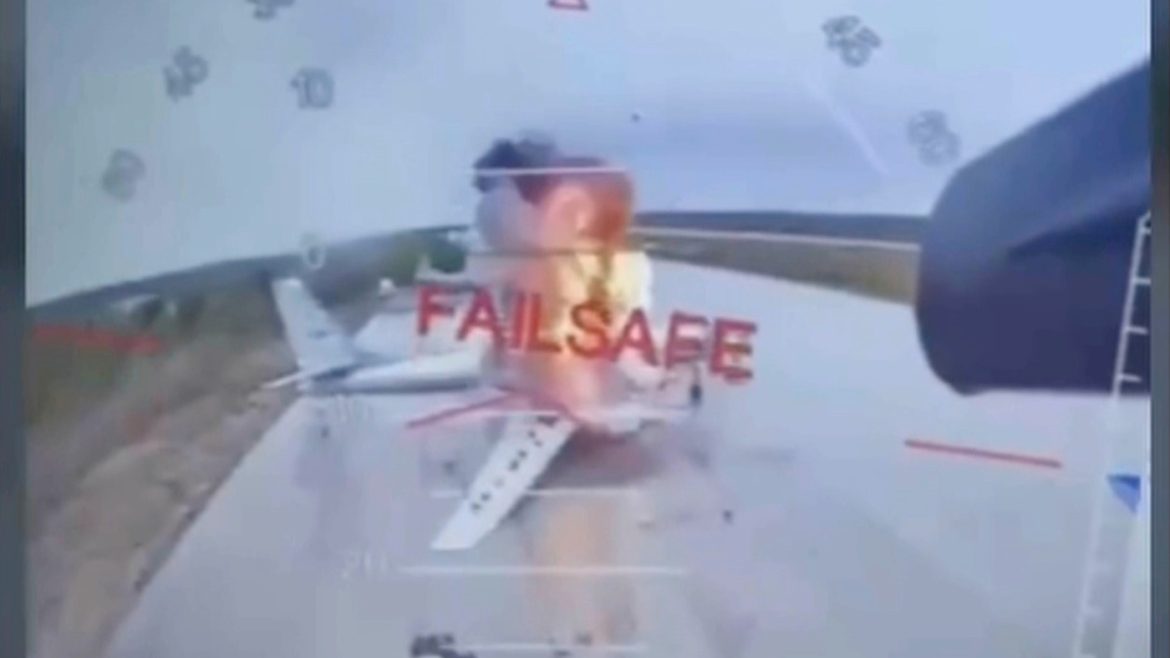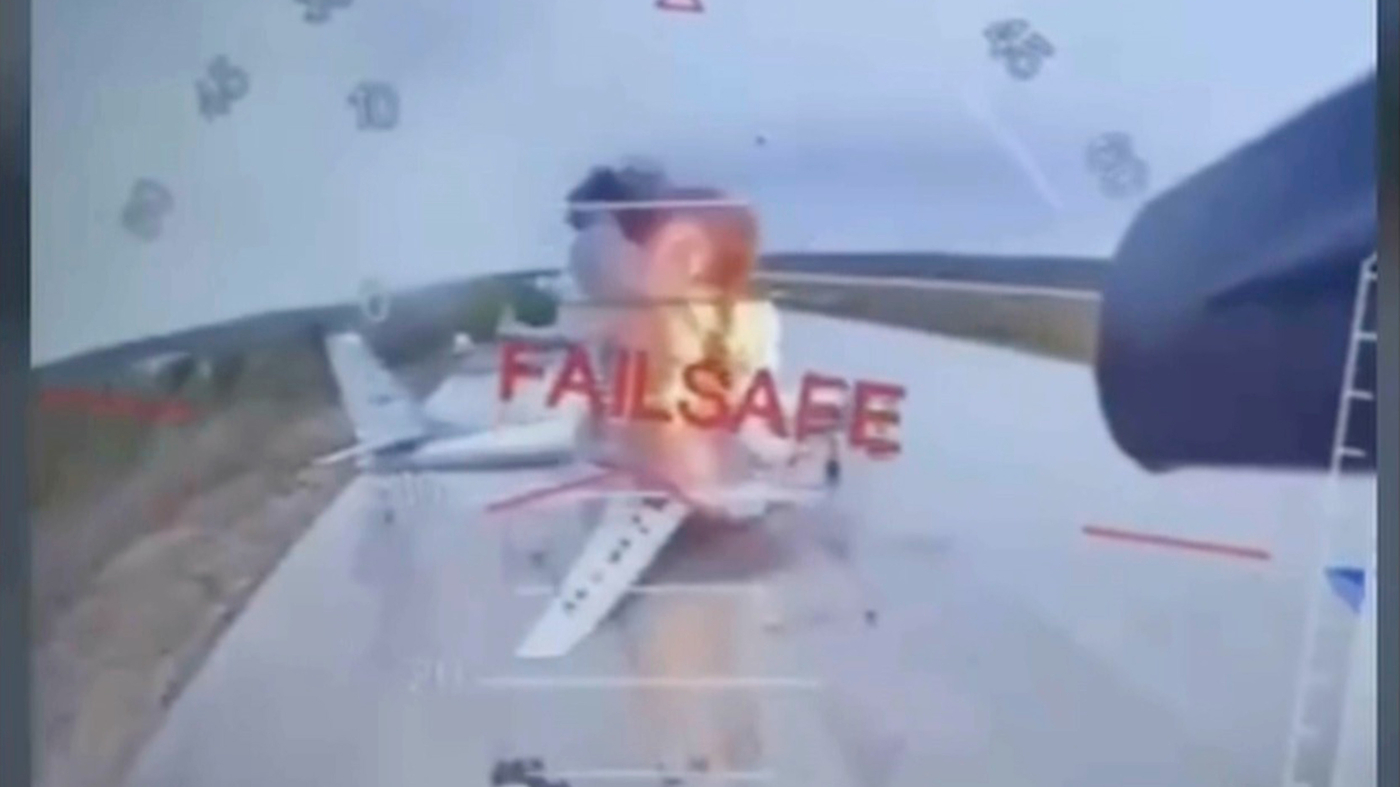A Complex Dance of Diplomacy and Warfare: Russia-Ukraine Peace Talks Amid Escalating Attacks
The recent developments in the Russia-Ukraine conflict underscore a paradoxical scenario—highly intensified military confrontations punctuated by nascent diplomatic engagements. Following a weekend marked by unprecedented drone attacks from both sides, representatives from Russia and Ukraine convened in Istanbul for peace negotiations. This report dissects the key elements defining this complex phase of the conflict, exploring military escalations, political maneuvering, the atmosphere surrounding the talks, and the broader implications for the conflict’s trajectory.
—
Escalation of Hostilities: Unprecedented Drone Strikes
The last weekend before the Istanbul talks was notable for the scale and audacity of drone attacks launched by both Russia and Ukraine. Ukraine executed a dramatic strike deep inside Russian territory, targeting multiple military airbases, including the Belaya air base in the Irkutsk region—at least 4,000 kilometers from the front lines. Ukrainian sources reported the destruction of more than 40 Russian bombers, a devastating blow to Moscow’s strategic air capabilities. These strikes involved sophisticated drones concealed within makeshift mobile units, illustrating increased Ukrainian military ingenuity and reach.
In retaliation, Russia mounted its largest aerial assault of the conflict against Ukraine, hitting Kyiv and several other regions with waves of missile and drone strikes. These attacks caused casualties, including civilian deaths, contributing to what has been described as the heaviest bombardment of Ukraine since the war’s inception. The reciprocal nature of these strikes reveals a cycle of intensifying military pressure timed just ahead of the peace talks.
—
The Diplomacy Paradox: Negotiations Amid Fighting
Against this backdrop of mutual devastation, the peace talks in Istanbul exhibit a paradoxical juxtaposition of diplomacy and warfare. This round of negotiations, the second meeting in a fortnight, lasted just over an hour and failed to yield significant breakthroughs toward ending the conflict. Both delegations reportedly arrived with entrenched positions, reflecting limited willingness or readiness to compromise in the face of ongoing hostilities.
The talks unfolded with low expectations. The timing—immediately following intense drone and missile attacks—may symbolize a strategic message by both sides, demonstrating military resolve while still leaving the door open for dialogue. It is noteworthy that Ukraine indicated preparations for releasing prisoners of war, signaling some willingness toward confidence-building measures despite the hardening military posture.
—
Political Signals and Leadership Dynamics
The peace efforts also intersect with larger geopolitical narratives and leadership behaviors. Russian President Vladimir Putin has been portrayed as stalling the peace process while simultaneously mobilizing forces for a potential renewed military offensive. Statements from European defense officials suggest Russia is stockpiling battle tanks and ammunition, preparing for escalation after incurring significant losses from Ukrainian strikes.
Parallel to this, former U.S. President Donald Trump’s vocal social media interventions—criticizing Putin and pledging swift peace—have drawn attention to external actors’ views on the conflict. While Trump promised rapid peace, the ground reality remains starkly different, with both sides entrenched in violence.
The messaging from Ukraine’s leadership remains resolute but pragmatic. Kyiv’s acknowledgment of prisoner exchanges and gestures ahead of talks imply a strategic balance of pressing for peace without relinquishing gains secured on the battlefield.
—
Strategic and Tactical Implications
The intensification of drone warfare points to an evolving battlefield characterized by technological innovation and strategic long-range precision strikes. Ukraine’s ability to strike deep into Russian territory disrupts Moscow’s sense of security and signals a shift in momentum. At the same time, Russia’s massive retaliatory strikes underline its capacity and determination to inflict damage and undermine Ukrainian morale.
These developments suggest the conflict may be moving toward a protracted phase where military pressure is used tactically to gain leverage in negotiations rather than to achieve decisive battlefield victories.
—
Conclusion: A Fragile Peace Built on Military Pressure
The juxtaposition of escalated attacks and peace talks illustrates the painfully slow and complex process of conflict resolution in a deeply entrenched war. The recent drone strikes have dramatically raised the stakes for both sides, underscoring the serious costs of continuing the conflict. Yet, the short and inconclusive Istanbul talks reflect the enduring challenges in bridging vast strategic divides.
As both Russia and Ukraine negotiate, the weapons of war remain actively deployed, shaping and constraining diplomatic possibilities. The strategic use of military force to frame peace negotiations may become a continuing feature of this conflict, making the path to sustainable peace uncertain and fraught with volatility.
Ultimately, these events signify that while windows for dialogue exist, the question remains whether they can lead to meaningful de-escalation or will serve primarily as temporary respites in an ongoing cycle of violence. The international community and stakeholders must closely watch these developments, as the fragile balance between war and peace continues to evolve in real time.


